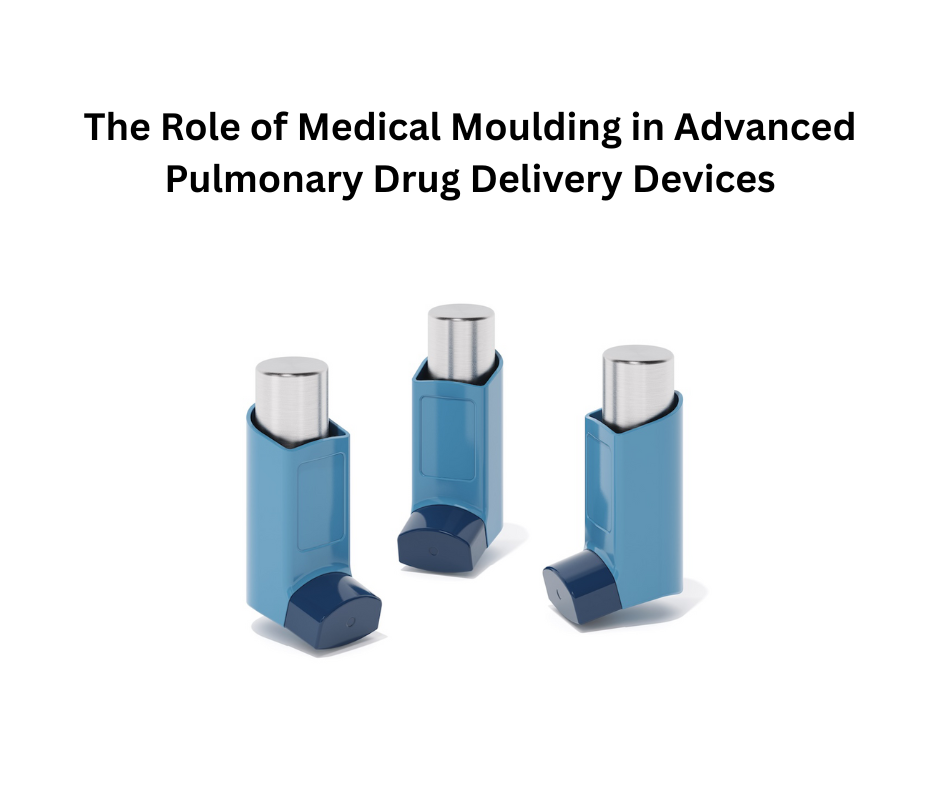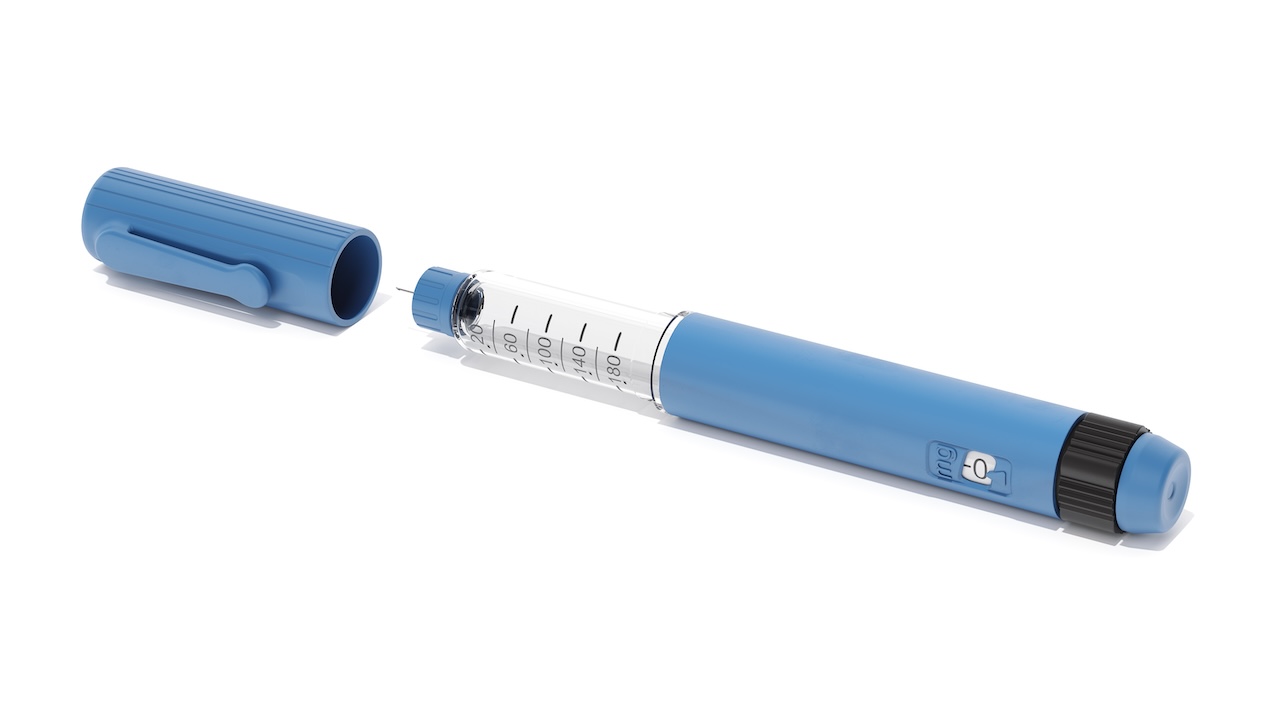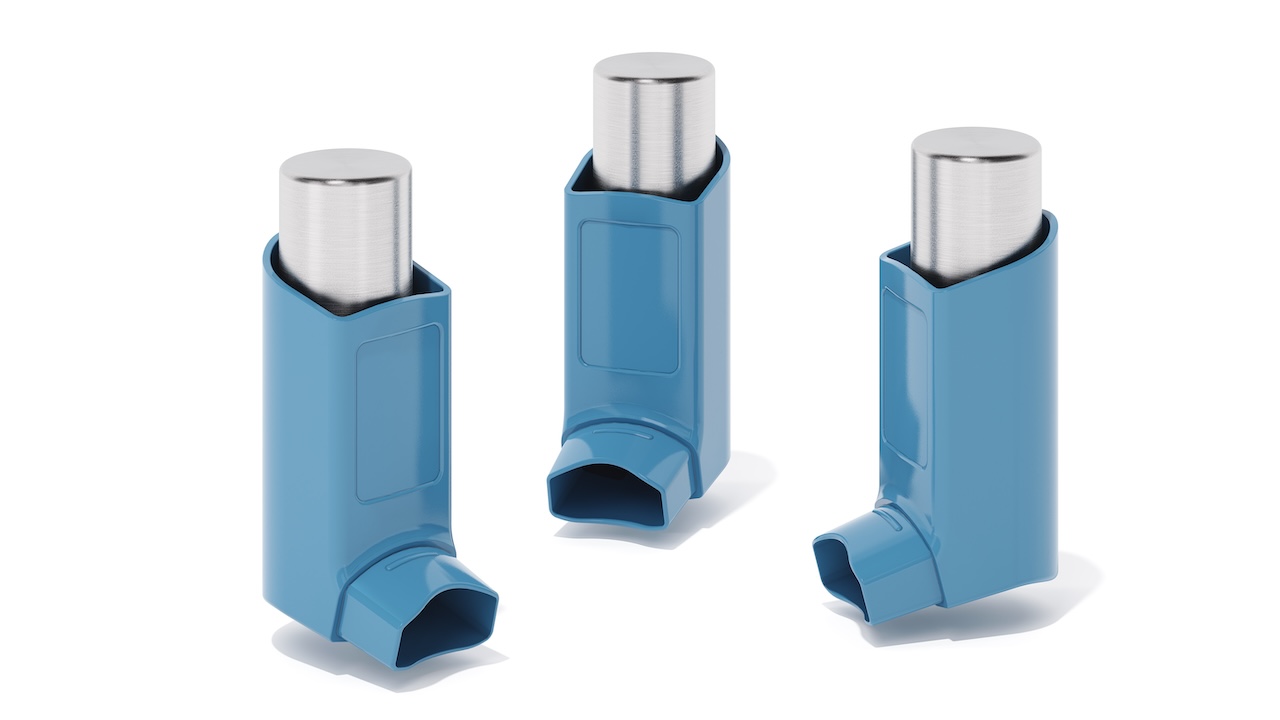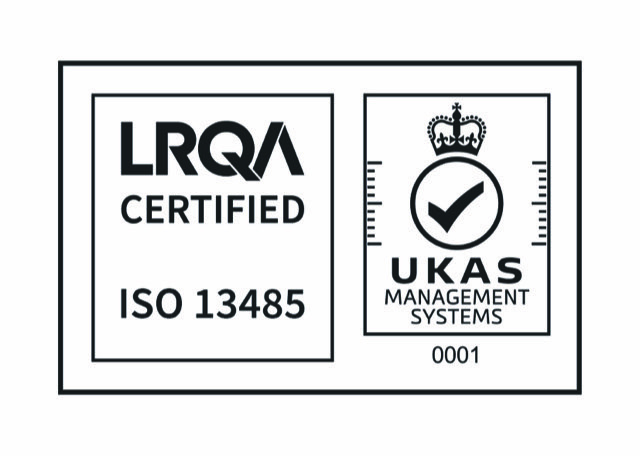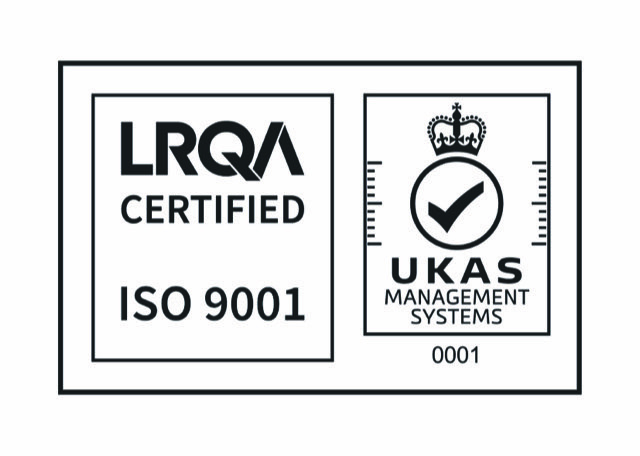Advancements in 3K Injection Molding: A Technical Overview
3K injection molding, also known as triple-shot molding, is an advanced manufacturing process that enables the integration of three distinct materials or colours into a single component. This technique is particularly beneficial for producing complex parts that require multiple functionalities, such as varying hardness, flexibility, or aesthetic appeal, without the need for secondary assembly operations.
What is 3K Injection Molding?
3K injection molding – sometimes referred to as tri-component or triple-shot molding – is an extension of traditional multi-shot injection molding. Whereas 2K molding combines two materials or colours in a single process, 3K moulding incorporates three distinct polymers, each injected in sequence or simultaneously, depending on the part design and machine configuration.
This technique requires specialized tooling, advanced multi-barrel injection molding machines, and precise synchronization of the molding cycles. The resulting parts are structurally and functionally integrated without the need for secondary assembly or bonding.
The process requires high-precision toolmaking, with considerations for thermal compatibility, bonding interfaces, and cavity-to-core alignment tolerances often under 5 microns. For medical applications, this tooling is deployed in ISO Class 7 or Class 8 cleanroom environments, with validation protocols conforming to ISO 13485 and FDA 21 CFR Part 820.
Tooling Considerations for Medical 3K Molding
Designing and manufacturing tooling for 3K medical molding presents unique challenges, particularly when ultra-fine geometries, microfluidic channels, or integrated sealing features are required:
1. Sequential Cavity Indexing
Advanced tooling systems may include rotating cores, rotary platen systems, or in-mold transfer mechanisms to enable sequential overmolding of the second and third shots. This precision is critical for:
- Alignment of lumen passages in drug delivery systems.
- Maintaining concentricity in catheter connectors or Luer locks.
- Ensuring functional surface bonding without flash or voids.
2. Material Isolation and Thermal Management
Because the materials used in 3K applications often have vastly different melt temperatures (e.g., a TPE overmould on a high-performance PPSU base), thermal zoning and isolation in the tool design is essential. Improper thermal control can cause:
- Interfacial delamination,
- Weld line weakness,
- Incomplete fill in high-aspect ratio features.
3. Cleanroom-Compatible Tool Finishes
Medical 3K tools must be finished to sub-micron surface roughness (Ra ≤ 0.2 µm) to support cleanroom-grade molding, reduce bio-burden retention, and support high cavitation without particulate shedding.
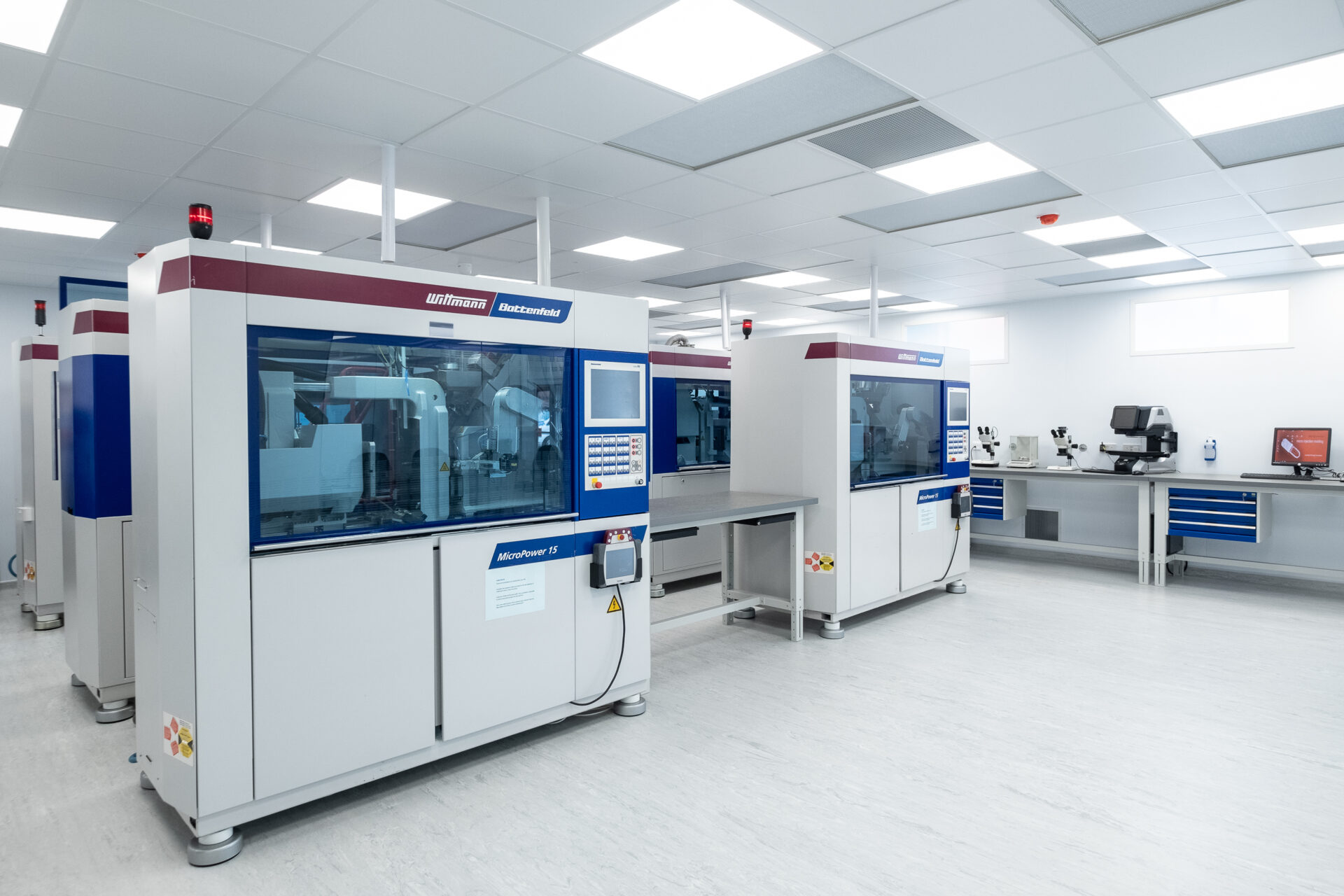
Class 7 Cleanroom Micro Molding facility at Micro Systems UK
Material Compatibility for 3K Injection Molding in Medical Components
In medical devices, material selection is tightly coupled with biocompatibility, sterilisation method compatibility (e.g., EtO, autoclave, gamma), and mechanical performance. Common 3K configurations include:
- PC + TPE + COC: For drug delivery pens with transparent windows and tactile grips.
- PP + TPE + PE: For IV components requiring flexibility, weld integrity, and chemical resistance.
- PEEK + Silicone + PBT: For reprocessable surgical instrument components.
In all cases, polymer interface testing (e.g., peel strength, tensile shear) and accelerated ageing studies are necessary for long-term product validation.
What are the key advantages of 3K Injection Molding?
- Enhanced Part Functionality: By combining materials with different properties, manufacturers can create components that offer improved performance characteristics, such as increased durability, resistance to wear, or enhanced tactile feel.
- Reduction in Assembly Costs: Integrating multiple materials into a single moulding process eliminates the need for secondary assembly operations, leading to significant cost savings and reduced production time.
- Design Flexibility: The ability to incorporate multiple materials allows for greater design freedom, enabling the creation of components with complex geometries and integrated features that would be challenging to achieve through traditional manufacturing methods.
What are applications of 3K Injection Molding
3K injection molding is employed across various industries to produce components that require the integration of multiple materials:
- Medical Devices: Components such as inhalers and auto-injectors (where colour coding, tactile surfaces, and chemical barriers are all needed), Surgical handles (Ergonomic components with rigid internal structure, soft outer grip, and branding elements), Diagnostics cartridges (Integrating fluidic channels, sealing zones, and transparent viewing windows in a single moulded part).
- Automotive: Interior parts like switchgear, trim panels, and seals can be produced with varying hardness and tactile properties, enhancing both functionality and user experience.
- Consumer Electronics: Devices such as smartphones and wearables can incorporate multiple materials to achieve desired aesthetics, durability, and user comfort.

Micro molded parts are crucial for a number of applications in the Medical and Healthcare industry (Photo: Micro Systems)
3K injection molding represents a significant advancement in manufacturing technology, offering the ability to produce complex, multi-material components in a single moulding process. By carefully considering material compatibility, mold design, and process control, manufacturers can leverage this technique to create high-performance parts that meet the demanding requirements of modern industries.
With more than 20 years of experience in ultra-precision mold toolings and cleanroom molding, Micro Systems can provide you with turnkey 3K injection molding solutions.

